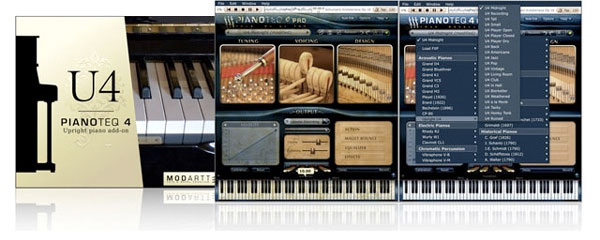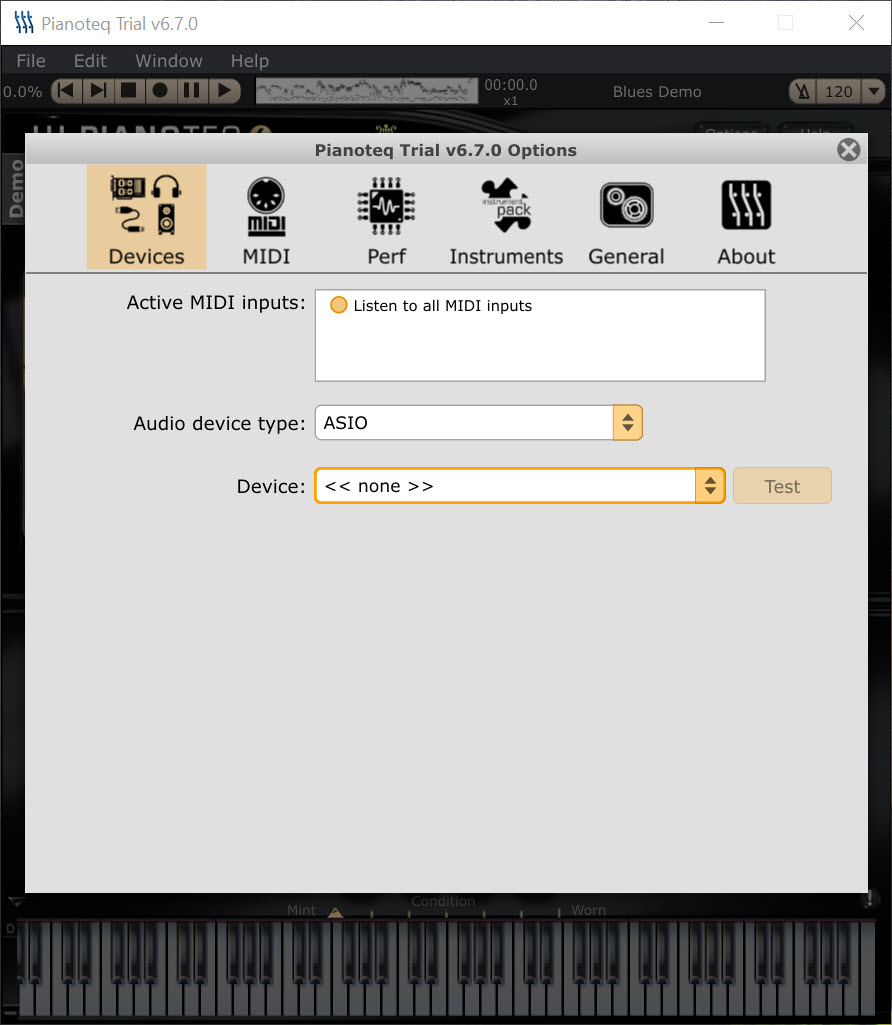

- #PIANOTEQ 5 STAGE VS STANDARD UPGRADE#
- #PIANOTEQ 5 STAGE VS STANDARD REGISTRATION#
- #PIANOTEQ 5 STAGE VS STANDARD SOFTWARE#
#PIANOTEQ 5 STAGE VS STANDARD UPGRADE#
As I write this, a sale has just ended in which Standard and a Stage-to-Standard upgrade was offered at a 20% discount. Sales of Pianoteq are sporadic but they do happen. There are some extremely interesting free instrument packs available as well mostly offering very interesting examples of historic keyboards from the seventeenth through the nineteenth centuries. Individual instrument packs are priced at $59 USD.
#PIANOTEQ 5 STAGE VS STANDARD REGISTRATION#
Actually, all the instrument packs are included, but the ones you have not either selected in the original registration or later purchased individually remain in demo mode (eight notes disabled). You respectively get two, three and four instrument packs with Stage, Standard and Pro. Pianoteq offers 21 different instrument packs which supply one or more specific instrument implementations (e.g., a particular grand piano, a duo of vibraphones, etc.). Upgrades from previous releases are available, priced per where you are coming from. Version upgrade prices are a straightforward difference between base prices. There are three versions of Pianoteq: Stage, Standard and Pro, priced respectively at $149 USD, $299 and $449.
#PIANOTEQ 5 STAGE VS STANDARD SOFTWARE#
The demo download is good for an unlimited time, but eight notes are suppressed (none of them in the octaves immediately either side of middle C) and the software must be restarted every 20 minutes. The software may be installed on up to three computers. Activation is easy (and dongle-less) with an internet connection offline activation is supported.

It also can be run as a standalone application. Pianoteq can be run as a hosted plug-in and is available in formats compatible with all current mainstream DAWs. In the next issue of Soundbytes Magazine, we’ll come back to take a look at the other available instruments – and there are a lot of them.įirst let’s dispense with the technical aspects and the pricing. In Part 1 of this review, we’ll look at the overall software and the modern pianos implemented with it. The sound quality available is extraordinary across the board. But Pianoteq is also well equipped to make the sounds of lesser pianos (both modern and historical), plucked string instruments (harpsichords and harps), tuned percussion (xylophones, vibraphones, and more), and several kinds of electric/amplified pianos. In Pianoteq magnificent concert grands are the star of the show – and there’s not one of them for which the term “magnificent” is inappropriate. An impressive amount of brainpower has gone into making this technology a reality. In fact, it you look at the About page of the Modartt web site, you might notice that five of the seven individuals introduced have “Dr.” in front of their name. It uses mathematical computational modeling to generate realistic musical instrument sound, a subject few mortals could even begin to understand. Until last year it was Modartt’s only product. First appearing in 2006, Pianoteq is now at version 7, released several months ago. Pianoteq is France-based Modartt’s flagship product.


 0 kommentar(er)
0 kommentar(er)
